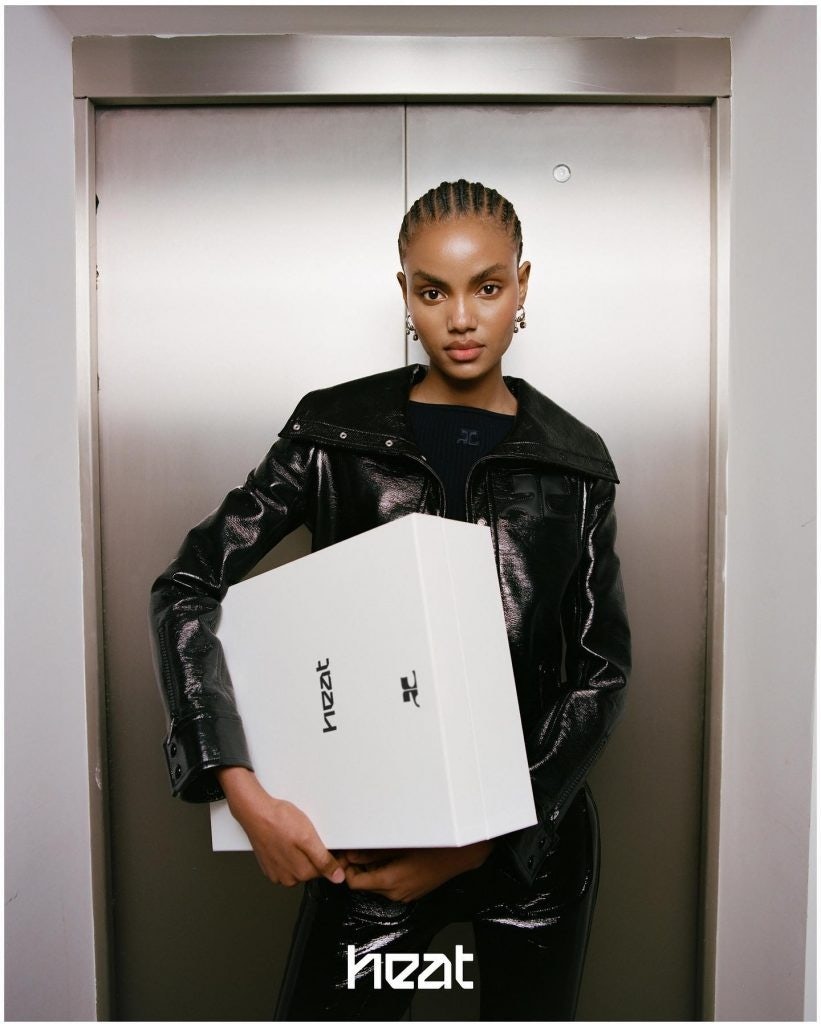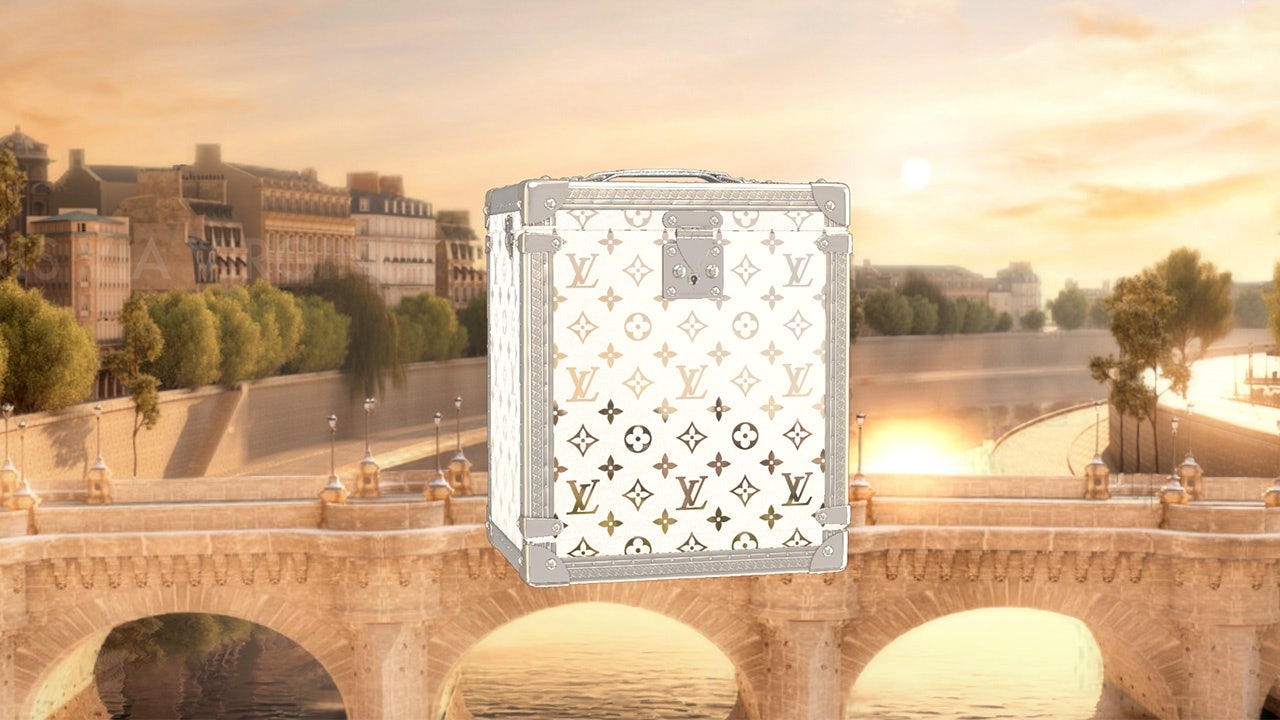Earlier this year, Louis Vuitton launched its first ever NFT-based mystery box to add a dose of enigma to its community building roadmap.
LV’s limited edition phygital treasure trunk — the Via — priced at about $41,600 each, offers mystery boxes with exclusive physical and digital creations available to specific buyers. The mystery products are revealed through digital keys, released at regular intervals so as to maintain the momentum of surprise.
LV’s iconic Speedy bag 40 VIA, designed in collaboration with Pharrell Williams, was one such collectible that the brand recently released in the digital version for Via trunk owners. A physical version is expected in 2024.
Dolce and Gabbana was among the first luxury fashion brands to experiment with NFT based mystery boxes — the DGFamily Glass Box, released in a blind sale last year. The boxes were classified in black, gold or platinum tiers, each offering a varied level of phygital benefits and experiences revealed over a course of time.
Mystery boxes aren't exactly a new marketing phenomena. “It’s just a model common in collectibles. And NFTs, being collectibles, followed that model," says Benoit Pagotto, co-founder RTFKT, the digital fashion brand that gained popularity for its NFT mystery box MNLTH (pronounced Monolith) in partnership with Nike.
RTFKT builds a lot of social media engagement around its mystery boxes with puzzles and quests, in the lead up to an unboxing that reveals phygital sneakers and other collectibles.
“Mystery boxes or loot boxes have been long present in the gaming world and have proved to be a big revenue generation stream,” says Robert Hoogendoorn, head of content at Dappradar, a decentralized application-tracking website.
Hoogendoorn explains how, while not all NFT projects can be described as loot boxes, many Web3 mystery packages have adopted elements often seen in the mechanics behind the gaming-native craze.
According to a Harvard Business school report in 2020, gamers worldwide spent more than $15 billion on loot boxes. “In the attention economy, mystery boxes have quite some power to attract and engage with an audience,” Hoogendoorn adds.
Engaging new consumers via a sense of mystery#
Other than powering Web3 communities, luxury brands are using mystery boxes to liquidate stock while acquiring aspiring luxury customers in the process.
Heat.io, a physical mystery box curator that launched in 2019, is helping luxury brands do just that. Heat curates personalized mystery boxes with items that brands do not want to associate with or sell in traditional sales.

Subscribers of Heat mystery boxes get to choose their style preferences and even select things they definitely do not want to receive in their mystery boxes. Heat goes through this information with AI tools to curate mystery boxes with products from an assortment of brands or one single brand.
“Our customers get products with more value than what they pay in terms of the retail value of the goods. There is the element of surprise and a good price in our boxes," explains Joe Wilkinson, co-founder of Heat, in an interview with Jing Daily. “Our boxes are like a discovery portal for new fashion trends, new brands, new styles that our customers would usually not buy off the rail.”
“Our boxes are like a discovery portal for new fashion trends, new brands, new styles that our customers would usually not buy off the rail.”
The mystery box curator that started as a business focused on streetwear and the hype scene now has over 80 luxury, premium and aspirational brands as its clients. Last year, Heat received $5 million in funding from a seed round backed by LVMH’s luxury venture arm, among others. The Hermès family and Stefano Ross of OTB have also invested in Heat.
Some brands use Heat’s mystery boxes for brand amplification by designing the packaging and even the roll-out structure. “It's a great way to make consumers try out new products that brands are struggling to get them to try out.”
Mystery boxes: What men want#
Heat’s sales are driven primarily by men who make up nearly 80 percent of its customer base, especially in the 18-24 age segment.
According to Wilkinson, mystery boxes work well with the male audience because they need more validation and also want shopping and discovery to be more fun. “We are introducing a lot of womenswear too and hope to shift the customer ratio to 60:40 for men and women,” he says.
Heat recently did a few projects with Courreges, a women’s fashion brand from Paris. “It was worn a lot in the Netflix’s Euphoria show, so it is getting a lot of traction with the younger consumer," says Wilkinson.
To keep its Gen-Z buyers engaged between drops, Heat uses several digital tools. “We offer games on the site and also allow customers to trade box contents,” Wilkinson explains. The mystery box curator is also considering implementing digital unboxings of its boxes — before they are shipped to clients — to further boost hype momentum.
